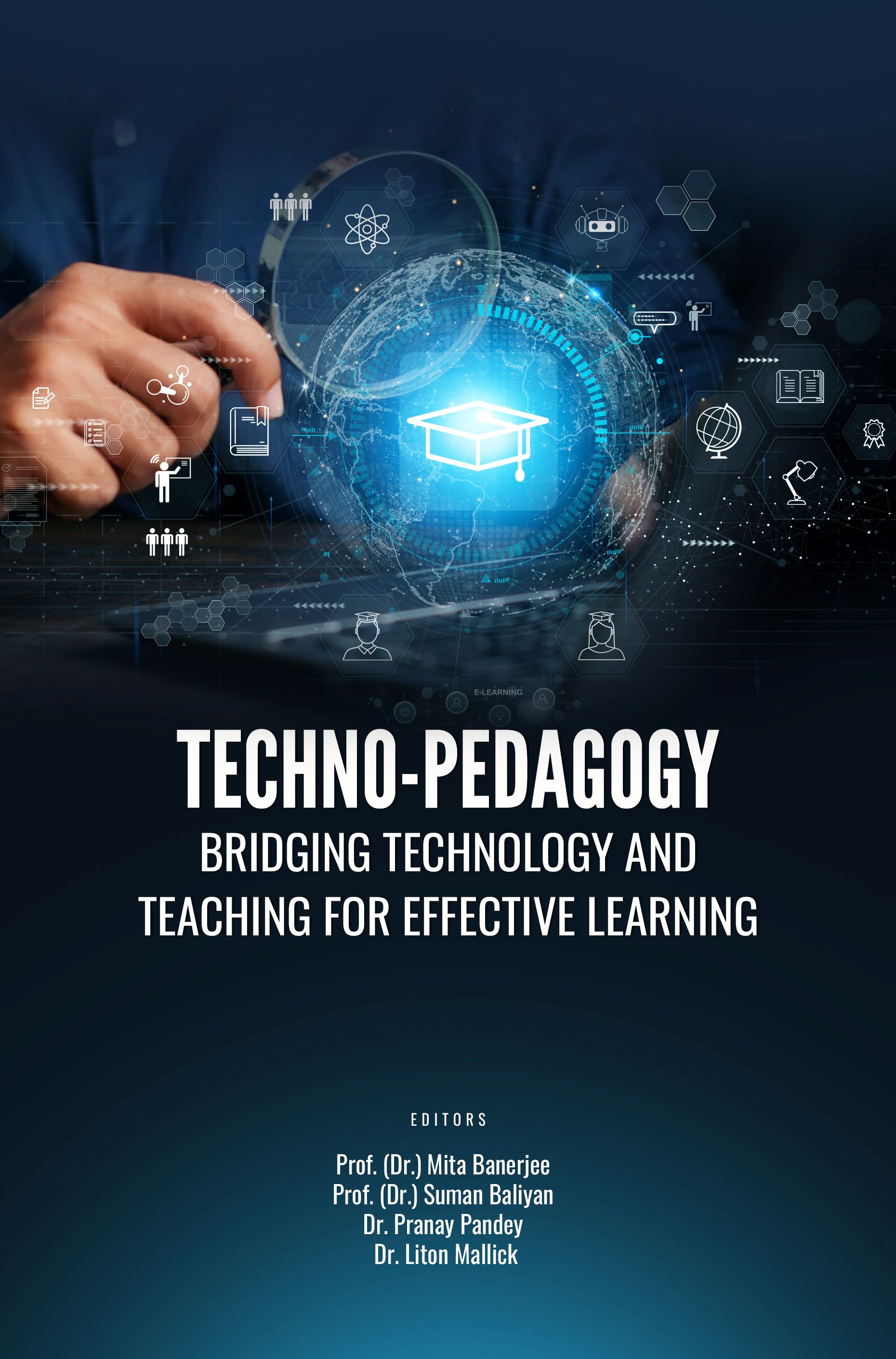FLIPPED CLASSROOM: A STUDENT-CENTERED PERSPECTIVE ON LEARNING AND ENGAGEMENT
DOI:
https://doi.org/10.25215/9358097477.22Abstract
The flipped classroom model has emerged as a transformative pedagogical approach that shifts the traditional dynamics of teaching and learning. By facilitating the acquisition of knowledge outside of the classroom, this model allows educators to dedicate in-class time to interactive and collaborative learning activities. Grounded in constructivist theories, the flipped classroom promotes active student engagement, autonomy, and social interaction, leading to deeper understanding and improved learning outcomes. This study examines the implementation of the flipped classroom within diverse educational contexts, with a focus on the Indian scenario, where unique socio-economic and technological factors present both opportunities and challenges. Key aspects explored include instructional design, technology integration, and strategies for fostering student engagement through collaboration and formative assessment. Findings highlight the importance of teacher training and resource accessibility in successful implementation. Ultimately, the flipped classroom model serves as a powerful tool for fostering student-centered learning experiences, equipping students with essential skills for the 21st century.Published
2024-10-15
Issue
Section
Articles


